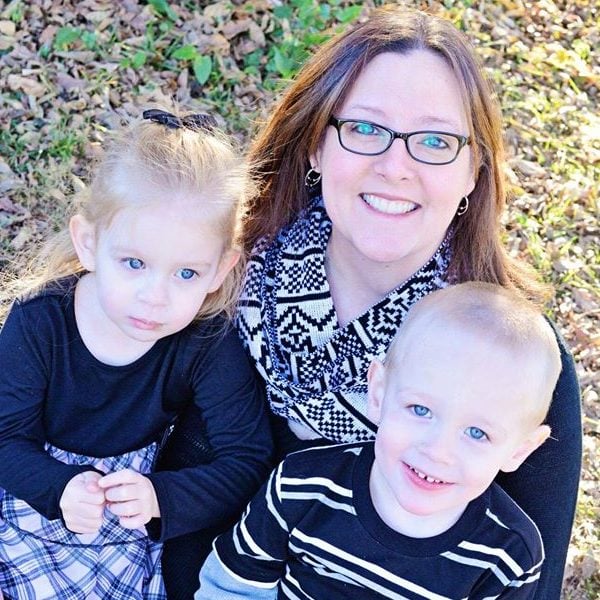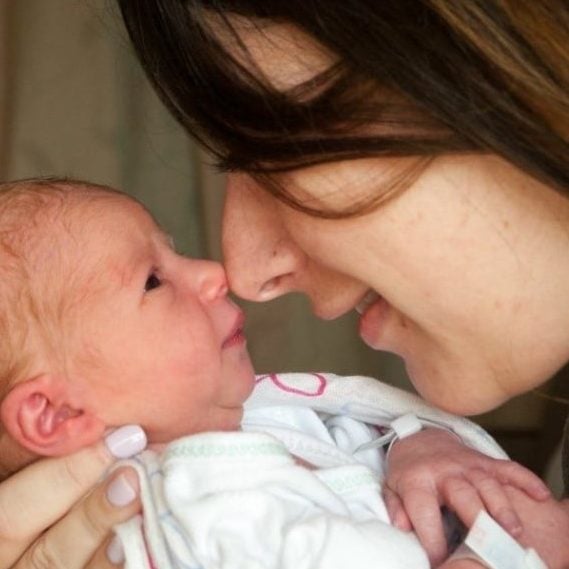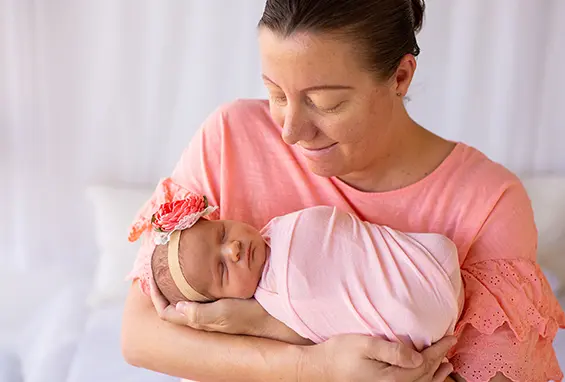Home / Patient Story / Meghan
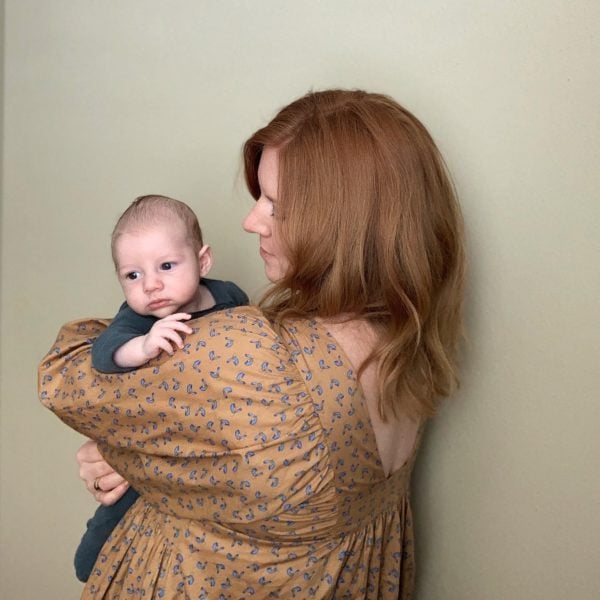
Patient Story
Meghan
Single Women
Eric A. Widra, M.D.
Sibley Hospital Campus, Washington, DC
District of Columbia
Receiving Donated Embryos
I had very traditional hopes for a family – marriage, then children, some four-legged creatures. As time went on, those hopes took a turn towards the less traditional.
Many of my friends found their partners and started getting married in their early 30s and the first wave of children arrived shortly after. I really relished becoming an auntie to my own siblings’ kids, but also those of close friends. I also always knew that being an auntie would never be enough for me and made a plan that if I wasn’t partnered up by 35, I would try to have a baby on my own. Thirty-five became 36 and then 37, at which point I decided to at least get some data on my fertility status.
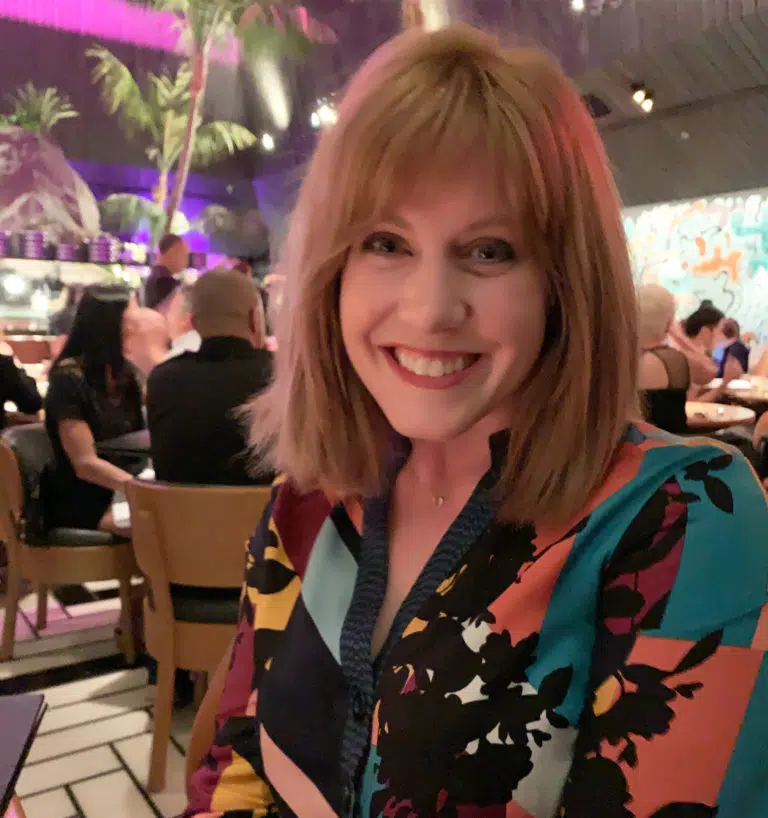
Screening results suggested a diminished ovarian reserve and that if I wanted to become a mother, I needed to act soon.
On my path to motherhood, I’ve learned what it’s like to feel multiple, intense, and sometimes conflicting emotions simultaneously. That began with those early screens. My emotions then ran the gamut — from exhilaration to paralyzing fear. I was immediately worried about being able to afford not only treatments but childcare and general expenses for me and a +1. As I became more certain about my decision and started taking steps forward, I felt empowered while also intensely grieving the loss of my long-held hopes for a partner and traditional family.
Taking the first steps with Shady Grove Fertility
Shady Grove Fertility (SGF) is the preeminent fertility clinic in DC. I had my initial screens at their Sibley office, which was intimate and friendly. In those meetings, Dr. Eric Widra was upfront with me about options and odds. I appreciated his direct nature and deep experience in reproductive endocrinology. I wanted to work with the best and he and SGF were it.
Despite my screening results proving I have a diminished ovarian reserve, Dr. Widra suggested that I take my time with my decision and that I repeat my original screens in 6 months. I spent those months reflecting on the choices before me and also talking them through with others. I am lucky to have a group of friends who operate as my extended family. I had for many years let them in on my “back-up baby plan.” They were a steady and incredible source of support as those plans moved from hypothetical to real. I started letting family in on my plans as I became more certain about moving forward.
Those months of reflection gave me the space to prepare myself and my people for the road ahead. They also reinforced for me that I would be able to make motherhood work on my own and so I decided to pursue my first IUI in December of 2017.
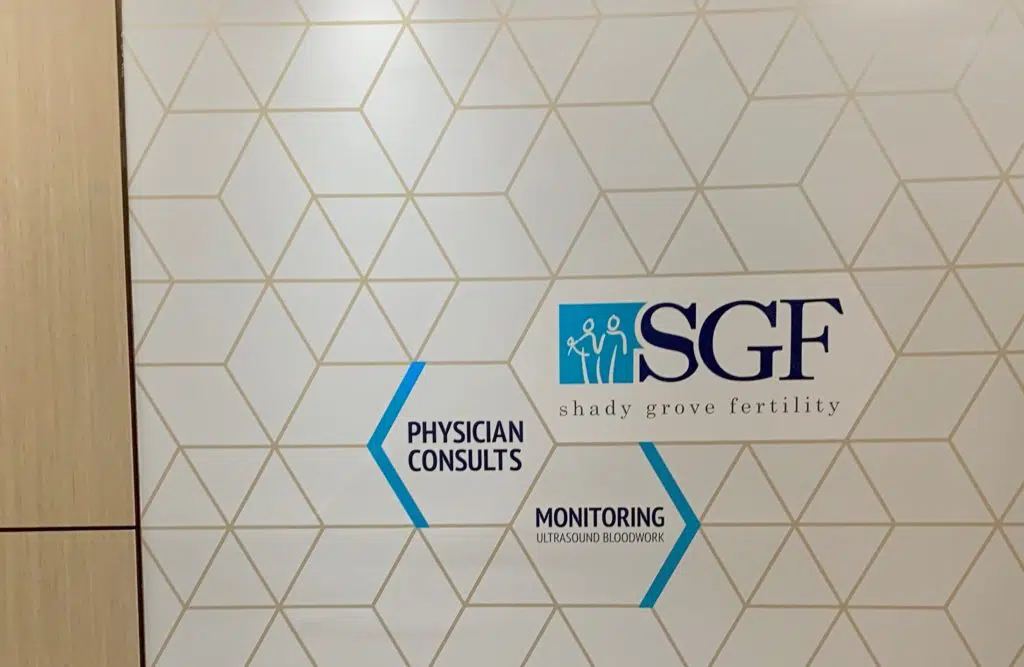
My choice to work with Dr. Widra and SGF was reaffirmed over my time as a patient. Dr. Widra got to know me and my circumstances and I knew he was rooting for me, which was so important and reassuring. I also worked with two assigned nurses. Both were exceptional — answering all of my questions, comforting me during the downtimes, and walking me through my options when I was ready.
Choosing a sperm donor
Like most things with this process, selecting a sperm donor was nerve-wracking at the beginning but became more normal over time. I initially looked at donors from three cryobanks in California, Fairfax, and Seattle. I applied one filter for a medical condition and then filtered for donors who were ID-optional, meaning that would be open to my child someday contacting them. While I had no interest in knowing the donor in real life, I wanted my child to have that option down the road.
Those two filters helped to narrow the lists considerably. I was drawn to the essay portions of profiles and how they provided a glimpse of the donor’s personalities, so I leaned heavily on those and a gut feeling to narrow my list to 10.
Once I had my list, I invited several girlfriends, my sister, and my mother to review the profiles and weigh in on their favorite three. It ended up being a really great way to help friends and family understand some of the nuances of what I was about to undertake and get everyone involved in and excited about my next steps.
Support from my inner circle
My treatment was a rollercoaster. Each new cycle required a fresh build-up of hope, leaning into the support of family and friends, and a restored conviction that motherhood could be mine. And those dueling emotions stayed in play.
While I was constantly comforted by my amazing community, I was also sometimes angry that I had to move forward on my own — and, as treatments and expenses added up — that I had to pay such a high price emotionally, financially, and even physically to have something that came so easily to so many others.
After my fourth IUI failed, I sold my house in D.C. to pay for continued treatments and to move to Minnesota and be closer to family. I figured that living in a city with a lower cost of living and with family a state away instead of 10 would be helpful once I had my child.
I planned to start IVF from there by enrolling in a shared-risk program, similar to the one offered by Shady Grove Fertility. It wasn’t until after my house sale that I learned that my AMH levels disqualified me from shared-risk programs offered by Midwest clinics. Thankfully, Dr. Widra approved me for participation in Shady Grove Fertility’s 100% Refund Program, so I started traveling back to D.C. for IVF treatments in the Fall of 2018.
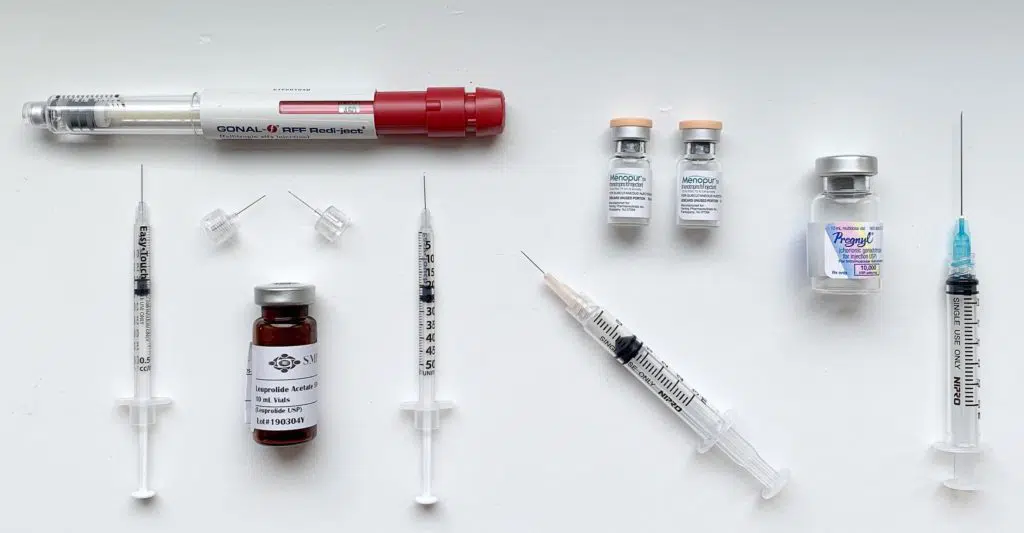
Transitioning to a new city without an everyday support system while pursuing IVF back in D.C. was extremely challenging. I started working with a local clinic to do initial screens, then traveling to D.C. once I got the green light for a cycle start. The logistics of finding dog care, booking flights, coordinating where I would stay, managing work deadlines without telling colleagues what was going on with me, figuring out dosage needs, and having meds shipped to various friends’ homes, in addition to riding a cycle’s emotional waves — it was a lot.
As I got a little further down my road, I started an Instagram account, where I shared about my path and the ups and downs of infertility, among other things. Writing for that account became a way for me to process my feelings, build community with others who were going through similar challenges, and broaden my support system as I pursued my goal.
Warming up to embryo donation
When my third IVF cycle failed, I was heartbroken.
Dr. Widra encouraged me to take some time to consider my options. While I could continue for an additional cycle, he suggested I think about using a donor embryo. For someone already using a sperm donor, embryo donation is a fraction of the cost of egg donation with a similar end. It’s also a fraction of the cost of adoption and much simpler legally and in other ways, especially for non-traditional parents like me.
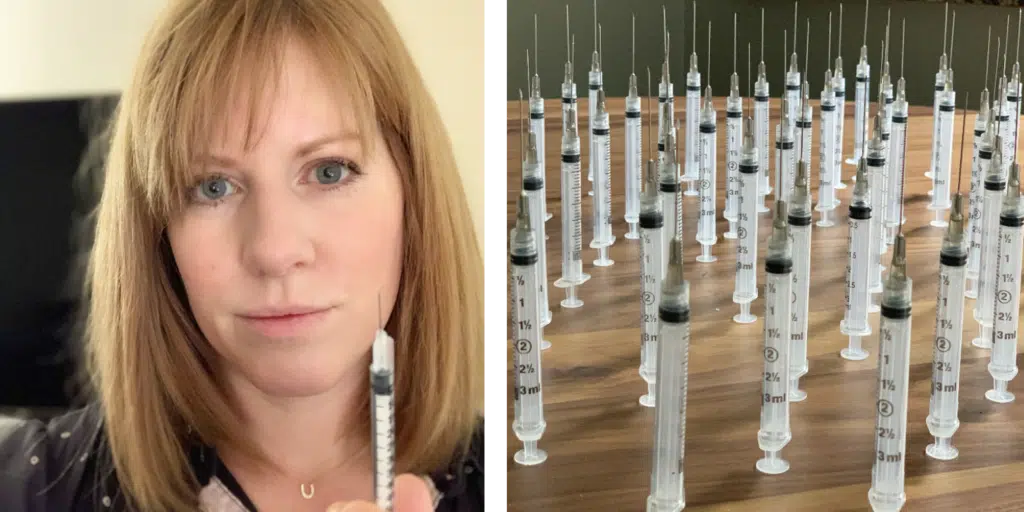
Around that time, I met a woman at a work happy hour who asked me why I moved to Minnesota. I told her. Not my canned response, “I’m from Iowa and decided to try to be closer to my family in a city with a lower cost of living.” But the truth: “I had to sell my house to pay for fertility treatments and knew when they worked, I wouldn’t be able to afford child care in D.C. and hoped having family closer would help to ease my single-parent load.” She shared her own rocky road towards family building, too.
After about three months of nurturing a friendship, she asked if I wanted to be a recipient of embryos she and her husband were planning to donate.
In an uncharacteristic move, opting for interdependence over independence, I said yes.
Without Dr. Widra’s guidance and recommendations, I’m not sure I would have explored embryo donation as an alternate route to motherhood. I’ll forever be grateful to him and the rest of my SGF care team for all of their support during and after my time as their patient.
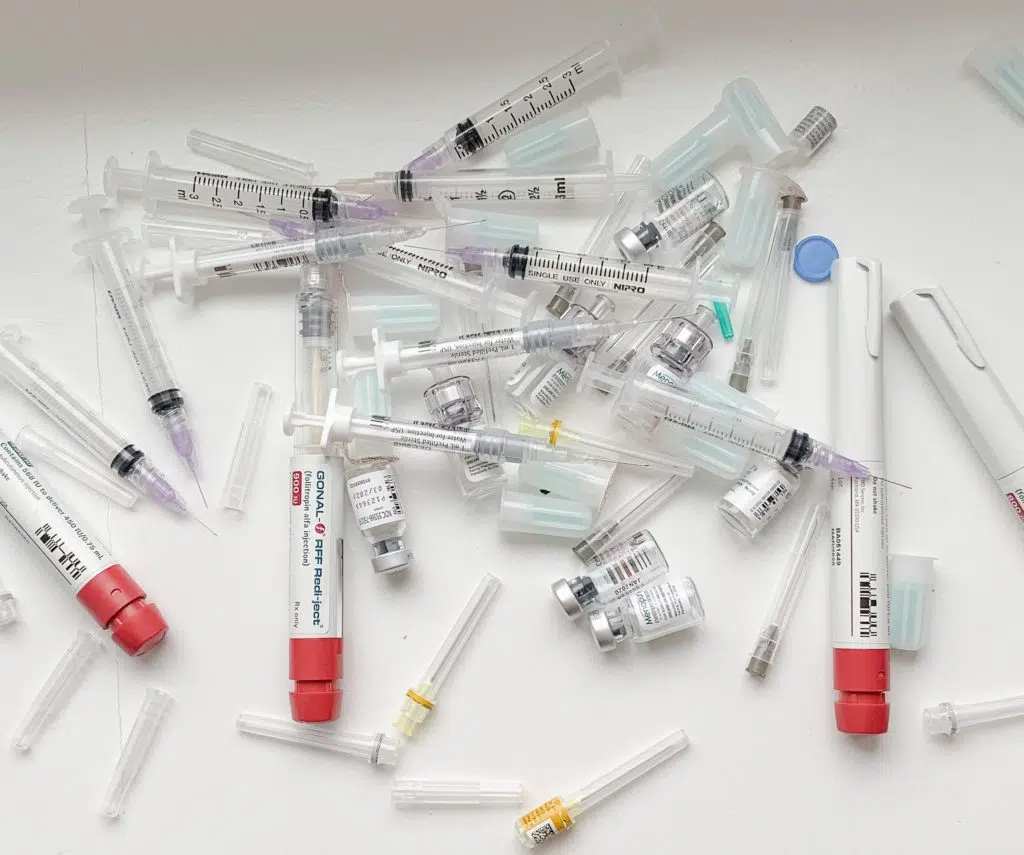
Transfer day
On March 17, 2020, the day that the American Society for Reproductive Medicine recommended clinics halt treatments due to the rapid spread of the new COVID-19 virus, I transferred a donated embryo at a Minnesota fertility clinic. I was terrified. I had felt the pressure of time steadily increase over years of treatments and wanted to do everything I could to move forward with a transfer before the world went into lockdown. But I also didn’t know anything about COVID or its impact on treatments, pregnant women, or developing children. No one did.
With a healthy dose of fear, hope, and faith in tow, I went alone to my appointment and pushed closer towards my motherhood goal amid new protocols of sanitation, masking, temperature checks, and contact-less interactions.
Navigating pregnancy as a single mother by choice during COVID-19
When I learned I was pregnant, I was ecstatic, in disbelief, and relieved. My second beta brought more good news. My HCG levels exceeded the doubling target. Each step forward felt like a gift — I had to get used to receiving them, to hearing the words “good” and “news” paired together.
Ten days after my first ultrasound, the heartbeat of my tailed to-be-baby became visible. Unable to hug the doctor or nurses, I graduated from the fertility clinic with a knee squeeze through my drape sheet and shower of well wishes before returning to my pup and our solitude.
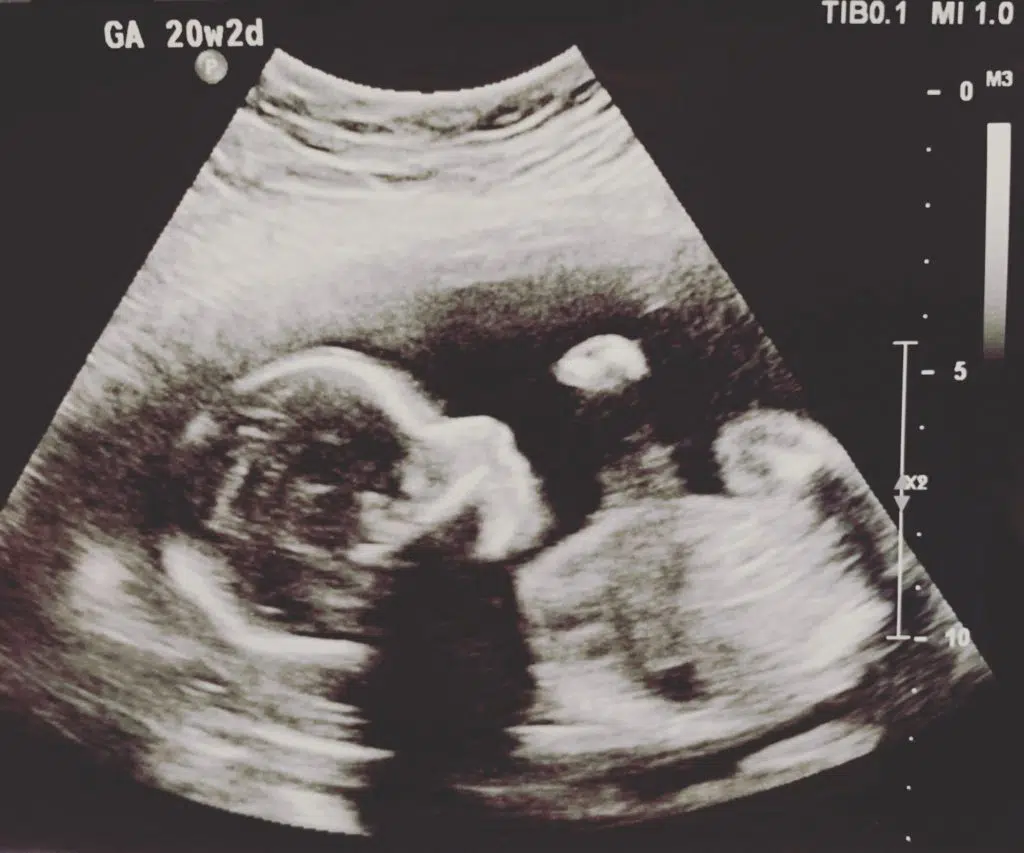
After battling infertility for so long, finding comfort and fully celebrating my pregnancy proved to be a complex thing. I had moments of pure excitement and awe, like when I first felt my baby wriggling in my gut, or when I found out he is a he and allowed myself to buy an outfit for a brand-new body that would someday exit mine (amazing!).
But I also caught myself doing and saying things to deflect from my pregnancy, unable to fully attach or trust that it was real.
“Do you have a bump?” someone would ask.
“Yes, but it’s mostly COVID carbs,” I would respond.
Or I’d get, “How are you feeling? How’s your pregnancy going?” To which I’d say, “Good, but I’m still waiting on x test or y scan. Fingers crossed!”
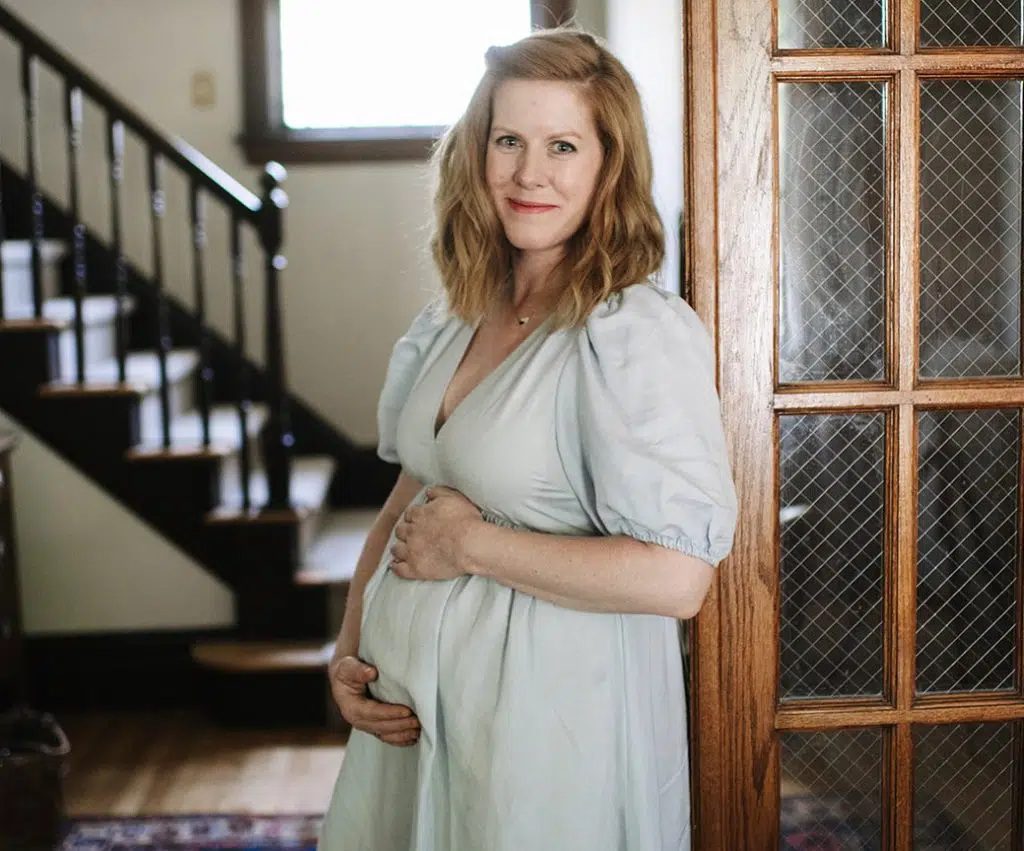
Even as I began to build trust with my pregnancy, I continued to peek around corners and reserved a bit of trepidation until the very end. I learned to live with that — to comfort myself through it and consider it a side effect of my infertility experience.
Becoming pregnant while the world was in lockdown forced me to make some big decisions. As a singleton, I was completely cut off from human companionship. For the first 5 months of pregnancy, I experienced human touch five times, all from doctors or nurses.
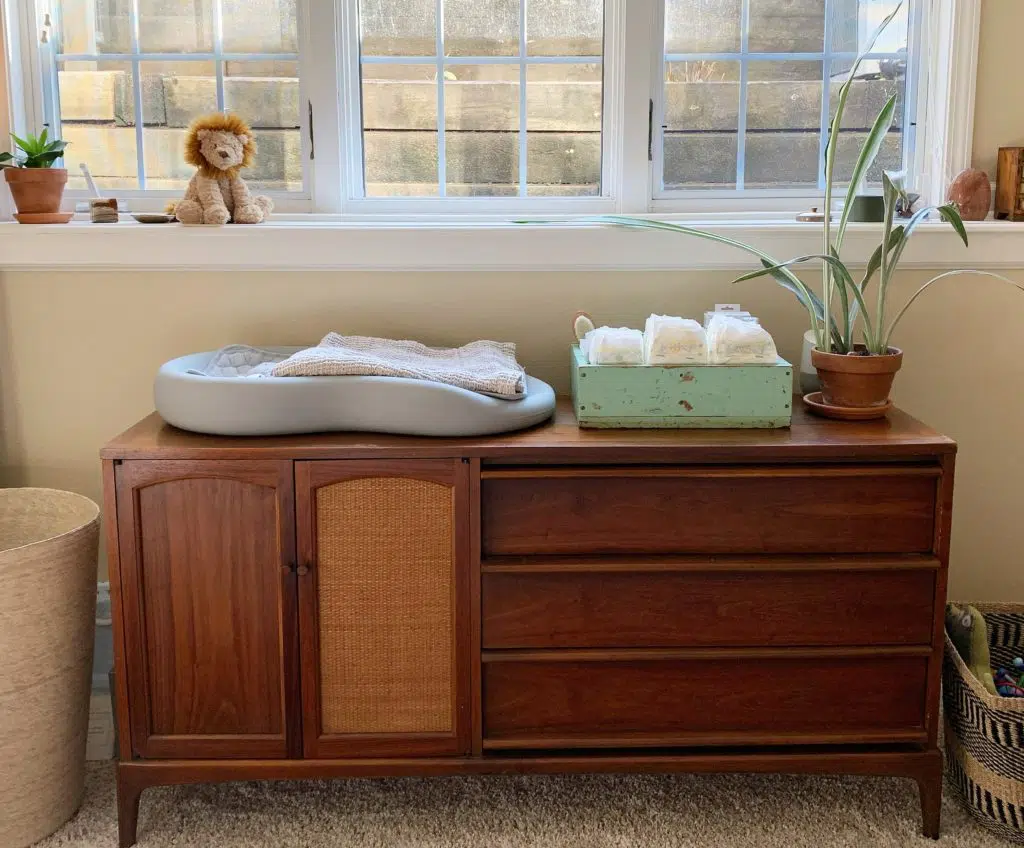
I had to stop acupuncture, my nascent social network dissolved. I decided that my support system in Minnesota was not strong enough not only for my pregnancy but also for life as a single parent. I turned my attention to readying my house for sale and moved to Iowa to live with my family for the remainder of my pregnancy and the pandemic.
I was induced at 40 weeks — a lengthy process that took several days and ended in a C-section. Due to COVID restrictions, I checked into the hospital for labor and delivery solo, with support from a doula in the later stages.
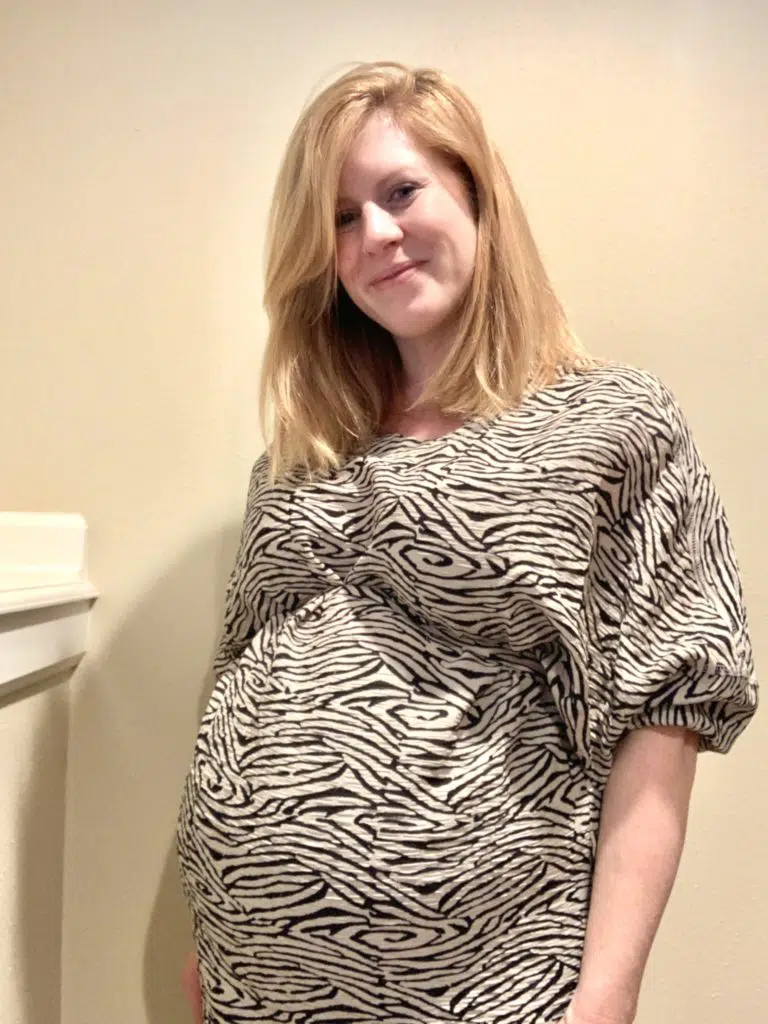
It was strange staying in a hospital on my own over that time, masked and medicated for most of it. My story started circulating among the nurses, and I soon found myself getting extra attention and help from the full unit. As it began, my pregnancy ended with the support and attention of a caring medical team.
Welcoming baby
Being a mother feels like an exhale after a very long time of holding my breath.
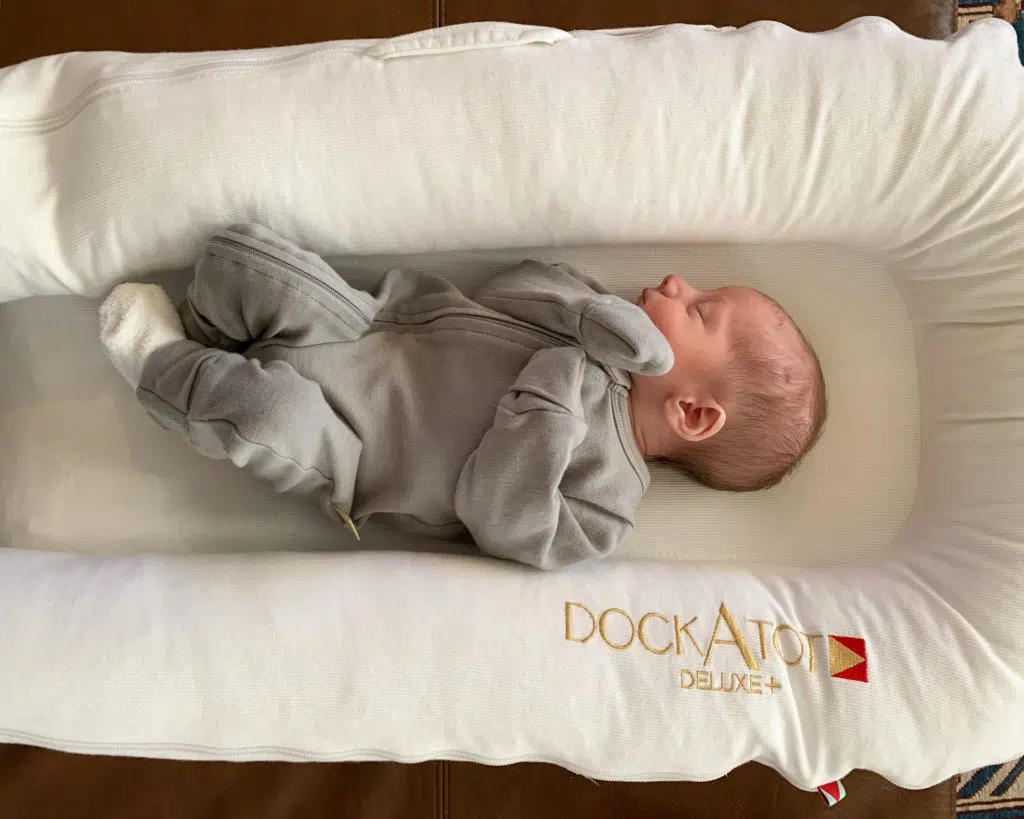
We’re 7 months in already. I sing a lot, laugh a lot, dance a lot. I’m basically living in a Disney movie. My baby is extremely happy and easygoing. He likes to be lifted in the air and hold my face in his hands and kick in the bath. He’s becoming more interested in his dog and vice versa. He loves his grandparents. He just started sleeping through the night and smiles wide when he wakes up to me peering over his crib. He is my family and I’m truly in awe of him and the path that brought us together.
What our future holds
Now that he’s here, I’m no longer afraid that I won’t be able to make things work wherever we live and I’m starting to explore where to move to next.
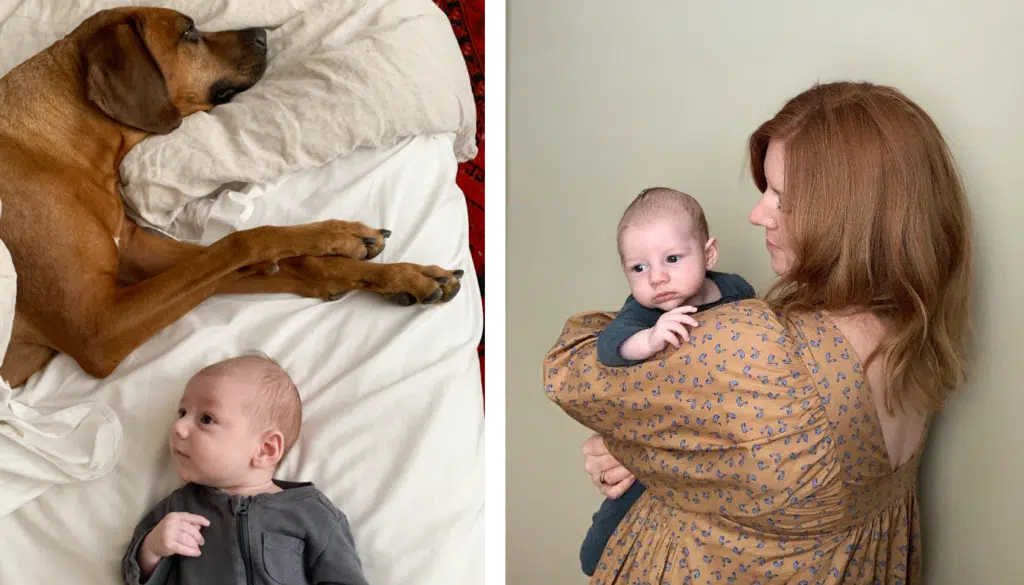
I want to live in a place where many different family configurations exist, where we are less of an anomaly. I’d also like to live closer to the ocean, and in a city with easier access to lots of different opportunities so that my babe can pick from among them as he grows.
Wherever we land, I’m hoping to build community with other single mothers; I imagine that just as it was useful to relate to others experiencing infertility, it will also be helpful to be connected with others navigating the unique challenges and joys of parenting solo.
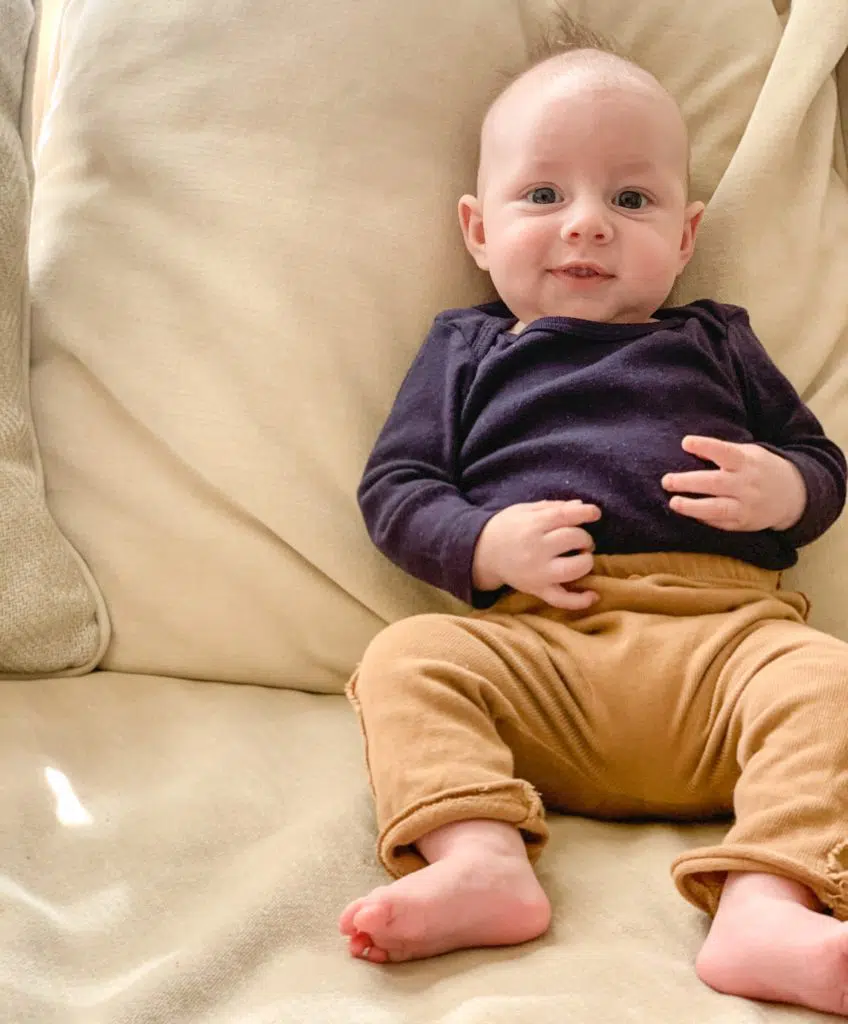
Recommendations for other TTC community members
- Ask for what you need. Over the past few years, I’ve gotten so much better at asking for help from friends, colleagues, family, people on the street. And 99% of the time, people have risen to the ask.
- Find your people, including a professional therapist. Some of my best friends were not great at helping me cope with my infertility roller coaster. I learned that it was okay to step away from those relationships and lean into the ones that provided the support I needed. I also found that having regular, dedicated time with a professional therapist helped to diminish the intensity of my emotional support needs from others who understandably weren’t able to handle them.
- Explore ways to lessen the financial toll. The financial aspect of fertility treatment can be crippling – especially on one income. Check with your insurance company, but also check your state’s policies. An increasing number of states require insurance companies to cover IVF for women meeting certain criteria. Resolve can be a good source of info related to financial options.
- Know your limits. As a single woman preparing for my first IUI, I thought that crossing the family-starting line would be the hardest step I took. Four IUIs and three IVF cycles later, I had to come to terms with the fact that motherhood was not a guaranteed result. I also spent a lot of time between each cycle trying to figure out next steps, which was sometimes hard to do while on the infertility rollercoaster. In retrospect, I wish I had spent a little more time upfront thinking about all the potential pathways to my goal and how much I was willing to invest – physically, emotionally, financially – on any one course.
- Above all else, trust yourself. There is no right way to handle infertility or to go through a treatment process. Set and pursue your path in whatever way feels right to you.
Finally, I want to share that infertility was one of the most difficult things I’ve faced. It changed me in ways I’m still discovering. While I was one of the lucky ones who emerged with a baby, I’ve seen plenty of people exit their wars with only scars and empty arms. I often think of those in the infertility trenches. It’s not fair and I’m so sorry that this is their reality, too.
I hope that anyone walking a similar path finds their babe, and/or peace, soon.
Need-to-know fertility resources and guidance
Diagnosis and treatment
We understand you may have questions about infertility and how it’s treated. Gain answers from the diagnosis and treatments shared in this story.
Infertility terms
Single mother by choice
Donor embryo program
Receiving care
Assemble your fertility care team close to home. Explore our different locations and physicians who will provide guidance along your journey.
Dr. Eric Widra
Sibley Hospital Campus
Find a location near me
2024 Shady Grove Fertility

